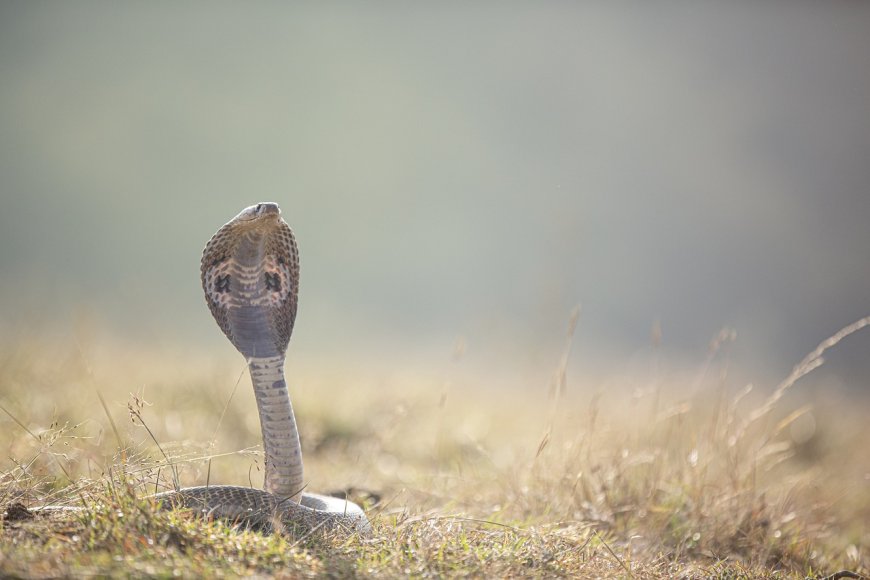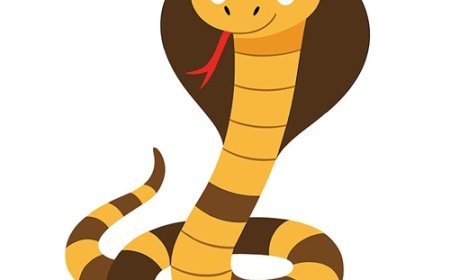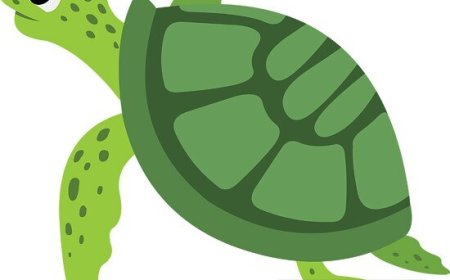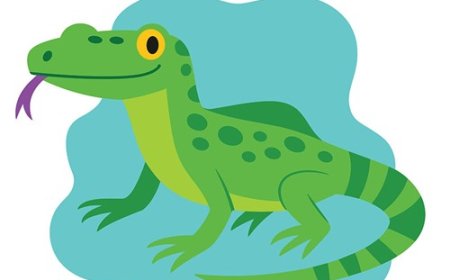List of Venomous Snakes – Types, Facts, Habitats, and Safety Tips
Explore the list of venomous snakes around the world. Learn about their species, habitats, diets, adaptations, and fun facts. Perfect for kids,

🐍 List of Venomous Snakes: Amazing Predators of the Reptile World
🌟 Introduction
Venomous snakes are some of the most fascinating and misunderstood creatures on Earth. They use venom, a special toxin, to catch prey and defend themselves. While some venomous snakes can be dangerous to humans, most prefer to avoid people and play important roles in ecosystems. From tiny vipers to giant cobras, venomous snakes live all over the world, and scientists are still discovering new species.
In this guide, you’ll learn:
- What venomous snakes are
- Where they live
- How they hunt
- How they reproduce
- How they help nature
- Fun facts that will surprise you!
🧬 Scientific Classification
All snakes are reptiles and belong to this classification:
- Kingdom: Animalia
- Phylum: Chordata
- Class: Reptilia
- Order: Squamata
- Suborder: Serpentes
Venomous snakes fall into several families, including:
- Elapidae (cobras, mambas, coral snakes, kraits)
- Viperidae (vipers and pit vipers, like rattlesnakes and adders)
- Atractaspididae (burrowing asps)
- Colubridae (some rear-fanged snakes)
🐍 Description and Adaptations
Venomous snakes come in many sizes, shapes, and colors. Here are a few examples:
- King Cobra: The world’s longest venomous snake, growing up to 18 feet (5.5 meters).
- Gaboon Viper: Has the longest fangs of any snake—up to 2 inches (5 cm)!
- Inland Taipan: Also called the “fierce snake,” it has the most toxic venom of any snake.
Adaptations:
- Venom glands: Produce venom to paralyze or kill prey.
- Fangs: Hollow or grooved teeth to inject venom.
- Heat-sensing pits: In vipers and pit vipers to detect warm-blooded animals.
- Camouflage: Patterns and colors help them blend into their habitat.
- Warning displays: Some raise their heads, flare hoods, or rattle their tails.
🗺️ Habitat and Range
Venomous snakes live in many habitats:
- Deserts: Sidewinders and saw-scaled vipers.
- Forests: Coral snakes and green pit vipers.
- Grasslands and savannas: Puff adders and cobras.
- Wetlands and rivers: Cottonmouths and water cobras.
- Mountains: Some rattlesnakes.
- Oceans: Sea snakes live entirely in saltwater.
They are found on every continent except Antarctica.
🦎 Diet and Hunting Behaviors
Venomous snakes are carnivores. Their diet includes:
- Rodents (mice, rats)
- Birds
- Lizards
- Frogs
- Fish
- Other snakes
Hunting strategies:
- Ambush predators: Many vipers hide and wait for prey to pass by.
- Active hunters: Cobras and mambas search for prey.
- Venom injection: They bite to inject venom, then track or swallow their prey.
- Constriction (sometimes): Some snakes use both venom and squeezing.
🐣 Reproduction and Nesting
Most venomous snakes reproduce by laying eggs (oviparous). Others give birth to live young (viviparous).
Examples:
- King Cobra: Builds a nest from leaves and guards the eggs.
- Rattlesnakes: Give birth to live young.
- Sea Snakes: Mostly give birth in water.
Females may lay anywhere from 4 to over 60 eggs, depending on species.
🛡️ Conservation Status
While some venomous snakes are common, others are endangered due to:
- Habitat loss
- Illegal hunting for skins or traditional medicine
- Persecution out of fear
Examples of threatened species:
- King Cobra: Vulnerable
- Santa Catalina Rattlesnake: Critically Endangered
Conservation groups work to protect these important predators.
🌟 Fun Facts About Venomous Snakes
- The Inland Taipan’s venom can kill 100 people with a single bite—but it’s very shy and almost never bites humans.
- Rattlesnakes shake their tails to warn enemies.
- Cobras can spit venom to blind attackers.
- Sea snakes can breathe through their skin when underwater.
- The Boomslang has venom that prevents blood from clotting.
- Some coral snakes have colorful bands that mimic harmless snakes (and vice versa).
📚 Vocabulary List
| Word | Definition |
|---|---|
| Venom | Poison injected by a bite or sting |
| Fangs | Long, hollow teeth for delivering venom |
| Camouflage | Colors or patterns that help animals hide |
| Predator | An animal that hunts other animals |
| Carnivore | An animal that eats only meat |
| Oviparous | Animals that lay eggs |
| Viviparous | Animals that give birth to live young |
| Ambush Predator | An animal that hides and waits to catch prey |
| Antivenom | Medicine that treats venomous bites |
| Mimicry | When an animal looks like something else for protection |
🧒 Kid-Friendly Summary
Venomous snakes are special reptiles that have fangs to inject venom. Some are tiny, and some are huge! They use their venom to catch food and stay safe. Although they can look scary, snakes are very important because they keep rodent and insect populations under control. If you ever see a snake in the wild, give it space, and enjoy watching it from a distance!




















































